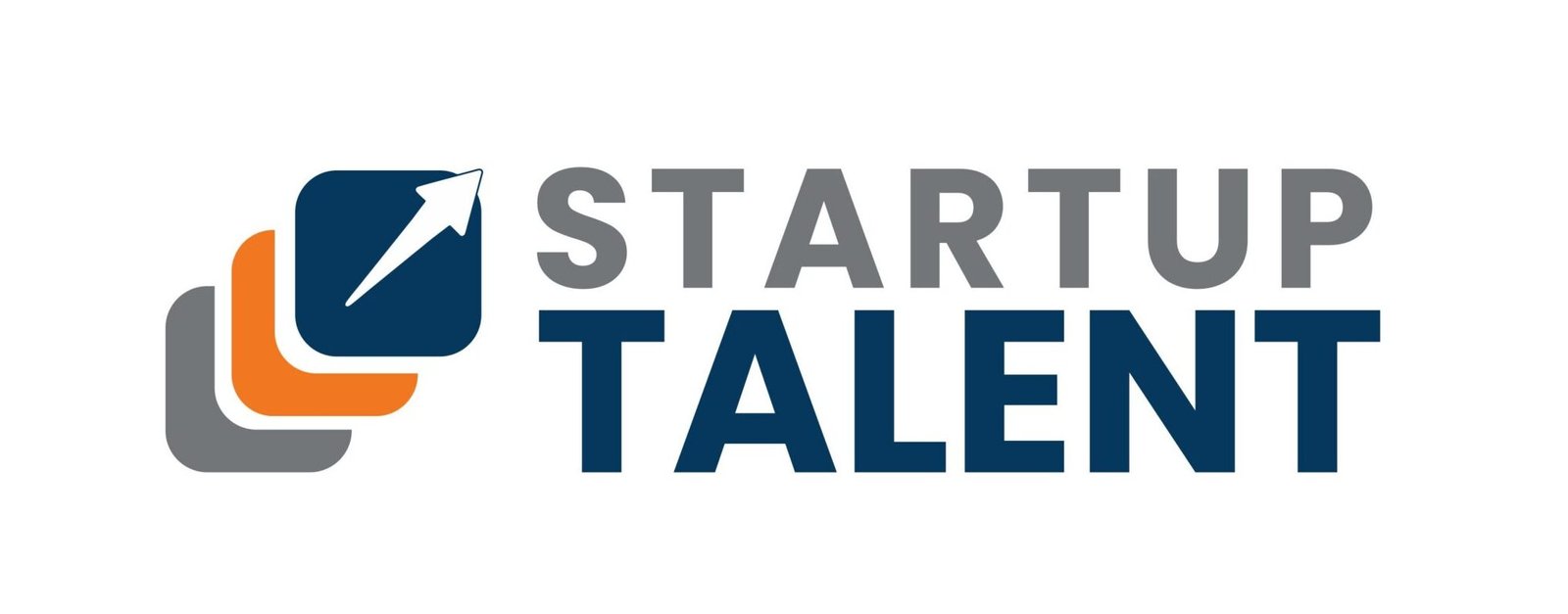Companies no longer must limit their search for talent within their city, state, or nation. But timing is critical. For SMEs and startups, transitioning from sourcing local talent to embarking on a Global Talent Acquisition strategy can be revolutionary—but only if it is at the right time.
So, when is the right time to expand your hiring horizon globally? This blog explores the signs, benefits, and strategic considerations that indicate your business is ready to think beyond borders.
1. You’re Scaling Faster Than Your Local Talent Pool Can Support
One of the strongest signs that it’s time to go global is when your growth exceeds the local supply of quality candidates. Startups tend to move quickly, particularly in tech, fintech, and SaaS. If your team is having trouble filling openings within reasonable timeframes, especially for specialized or senior positions, it’s time to cast a wider net.
A growing AI startup based in Austin found it difficult to source machine learning experts locally.
By tapping into remote engineers from Eastern Europe and India, they cut hiring time by 60% and boosted diversity in technical problem-solving.
2. You’re Expanding into New Markets
If your company is getting ready to enter new geographic markets, having employees on the ground or near your customers is a competitive edge. They can inform you about local culture, language idiosyncrasies, buyer behavior, and regulations—information that a home-based team might not notice.
Tip: Recruit local business development reps, customer service representatives, or native marketers in the expansion market.
3. You Need Around-the-Clock Productivity
When your team crosses time zones, work never ceases. For businesses with 24/7 customer support or ongoing product development iterations, global hiring enables an authentic “follow-the-sun” approach, enabling hand-offs between teams, decreasing delays, and increasing responsiveness.
Fun Fact:
Several SaaS businesses operate in development in Asia, testing in Europe, and support in North America, fully leveraging the clock.
4. Cost Efficiency Becomes a Key Priority
Employing globally isn’t only about talent access—it’s also cost optimization. In expensive areas such as Silicon Valley or London, even young developers or analysts do not come cheap. Global talent hunting makes it possible for you to locate similarly qualified individuals in areas with a lower salary benchmark.
Warning: Always keep quality and cultural fit in balance while saving costs. You are not looking for cheap labor but smart employees.
5. You may need to construct a diverse and inclusive organization
A diverse team includes different perspectives, creativity, and a wider appeal in the marketplace. If your company is dedicated to DEI (Diversity, Equity, and Inclusion), international recruitment automatically broadens your demographic and cultural base. It also sends the message to clients, investors, and partners that your company has a global mindset.
Diversity Bonus
Firms with higher-than-average diversity scores realize 19% more innovation revenues, a Boston Consulting Group study found.
6. Your Competitors Are Doing It (and Succeeding)
Market benchmarking is impossible to disregard. If peers of similar size within your sector are scaling quickly through remote and international hiring, perhaps it’s time to join them or be left behind. Several early-stage businesses get ahead just by tapping into talent their competitors have not accessed yet.
Example:
A fintech startup competing with legacy banks hired a remote design team from Latin America, creating a more user-friendly app interface that attracted thousands of new users.
7. You’ve Outgrown Freelancers but Don’t Want a Full Local Team
Startups typically start with freelancers for adaptability. However, as they grow, they look for commitment, reliability, and cultural alignment—qualities usually absent in gig workers. That’s where full-time foreign employees through an Employer of Record (EOR) or global PEO come into play. These solutions allow you to legally employ full-time workers internationally without establishing foreign entities.
How to Prepare for Global Hiring
Before you take your business global, ask yourself:
✅ Do we have remote employee management tools available?
✅ Are time zones and team communication practices understood?
✅ Do we require legal assistance, such as EOR or global payroll services?
✅ Have we mapped our onboarding and cultural integration?
Final Thoughts: Go Global but Stay Grounded
Scaling your talent acquisition strategy beyond borders isn’t a fad—it’s a savvy business decision in today’s interconnected digital age. Whether you’re growing, expanding into new geographies, or just looking for the best talent, international hiring can unleash unparalleled velocity, responsiveness, and diversity. But it takes careful execution, solid communication frameworks, and compliance preparedness.
If you’re noticing three 3 or more of the signs above in your business, perhaps it’s time to stop thinking locally and begin hiring your global dream team.






